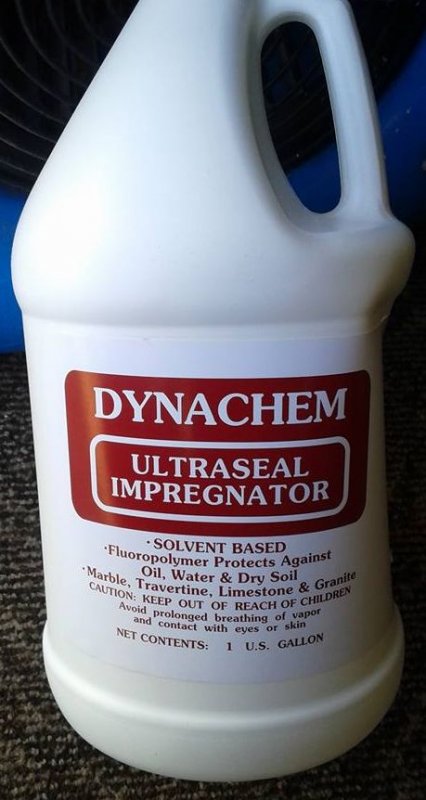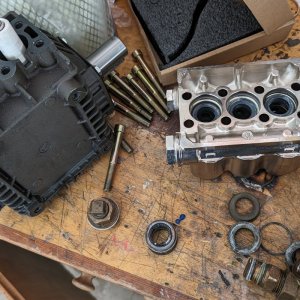All that I have heard over the years from raw material suppliers, sales data, etc. indicate that Scotchgard, Maxim Advanced, and Advanced Protector with Teflon lead the way for carpet protectors. Since we make both Maxim Advanced and Advanced Protector with Teflon, I can tell you the Maxim Advanced is ahead of Advanced Protector with Teflon.
Our solvent based protector Maxim Fine Fabric is not even close. Of course, our formula is not legal to sell (cleaner is free to use without penalty) in 18 states with about 50% of the population. Our label instructions do not include use on carpet. Years ago we decided not to add a low vapor pressure solvent to the formula any more so that it could be legal in 17 of the 18 states. We had developed Maxim Advanced for Upholstery with Dye Loc (water-based) and were pleased with its performance and the fact that it was legal in all states, even California. The low vapor pressure solvent needed to be 40% of the solvent based formula, which slowed down dry times and would be a slip hazard on carpets while it waited to dry. We used the savings from the more expensive low VOC solvent to increase the percentage of fluorochemical solids improving performance for those 32 states where it is not restricted. Maxim Fine Fabric has great water and oil repellency on upholstery for those 32 states which have the opportunity to buy it.
Currently, most solvent based protectors are still using C8 material manufactured before Dec. 31, 2015. Once this runs out, they will be forced to used an EPA approved (C6)formula with T-butyl Acetate. I have a sample of this on my desk that I have smelled as I write this sentence. T-Butyl Acetate is a VOC , yet is exempt from California VOC laws. It is very volatile with the flash point at 39 degrees F compared with Odorless Mineral Spirits at around 120 degrees F. If customers complain now at solvent odors, then just wait until they get a whiff of T-butyl Acetate. Its benefit is that it will dry very fast. Most will be forced to use it in a vacant house with open windows, outside on the patio or take furniture back to a paint booth type area back at their plant. Hopefully, the upholstery industry is working on discontinuing fabrics that shrink or pucker with water as this is one area of concern with using water-based upholstery protectors.



